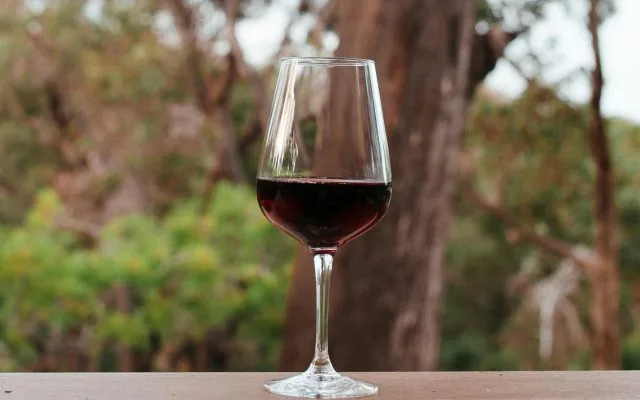As Malbec Month comes to a close, db takes a look back at how Argentina’s Malbecs illustrate a true reflection of its diverse terroir. Argentine Malbec is a fine example of how a wine variety can evolve, not just in terms of diversity of style, but also in terms of the progressive marketing that has boosted its reputation. Salta’s El Porvenir de Cafayate, a family-run winery that produces premium Malbec at high altitude, tells db about the evolution of Malbec and how much of its winemaking is focused on letting the grapes do the talking. El Porvenir de Cafayate managing director Lucía Romero Marcuzzi says:“In the past, the main emphasis in the vinification of Malbec used to be its ageing in oak barrels” but admits that over time Argentine winemakers have “gained a deeper understanding of the role oak plays in this process” and now they “recognise the importance of not masking the natural essence of the grape”. Looking back at some of the shifts in Malbec, Andrés Rosberg of Los Chacaye explains how “during the nineties, when Argentina was starting to export its wines to the world, Malbec’s exuberance and intensity turned it into Argentina’s flagship grape variety. Some years later, as people developed a taste for wines with lower alcohol levels and less make-up, Argentine producers started picking at earlier times and using less oak, and Malbec adapted again”. According to Rosberg, this step change was part of Malbec’s evolution and “in fact, we’re realising that the more
This Article was originally published on The Drink Business - Wine






